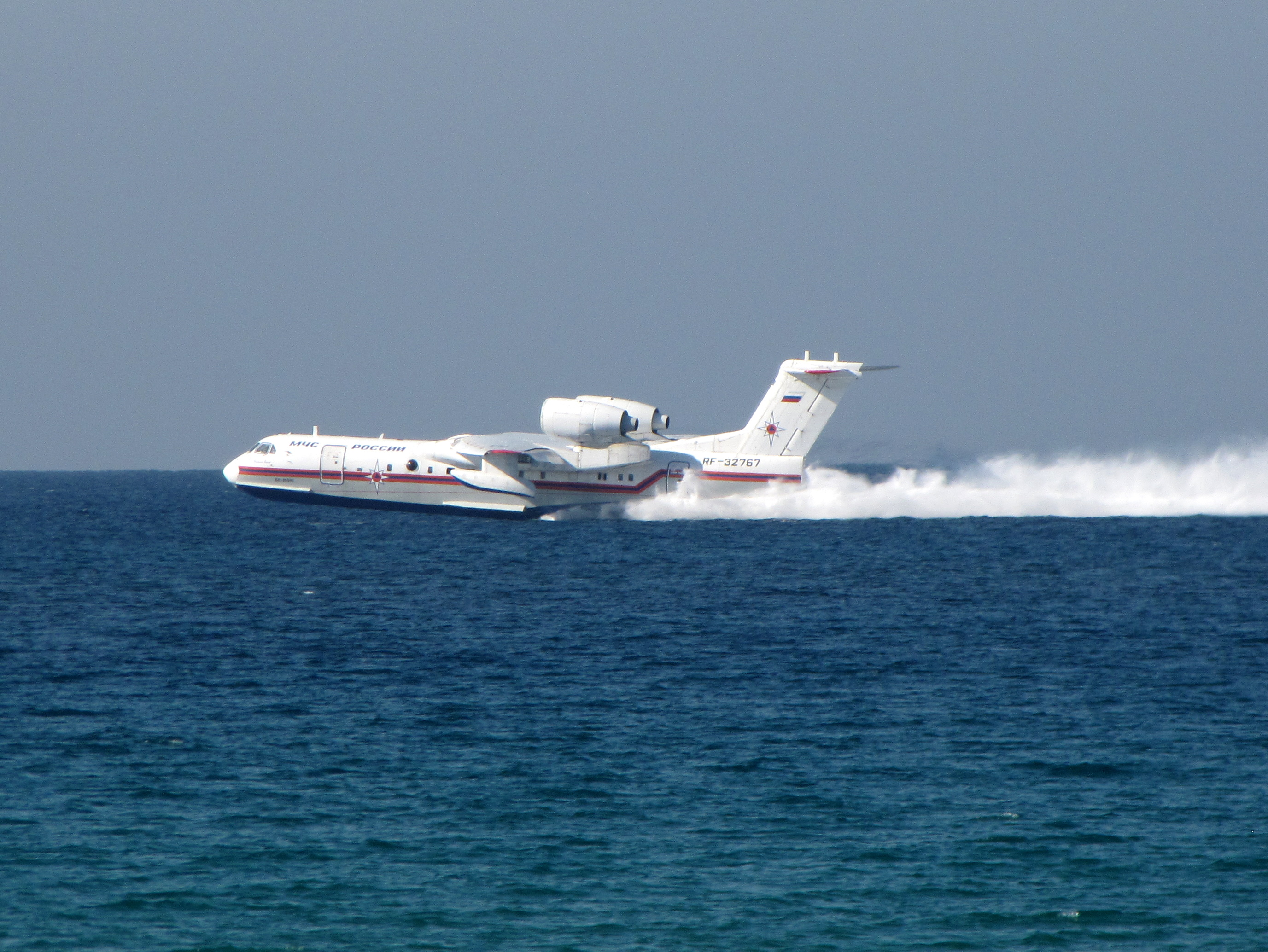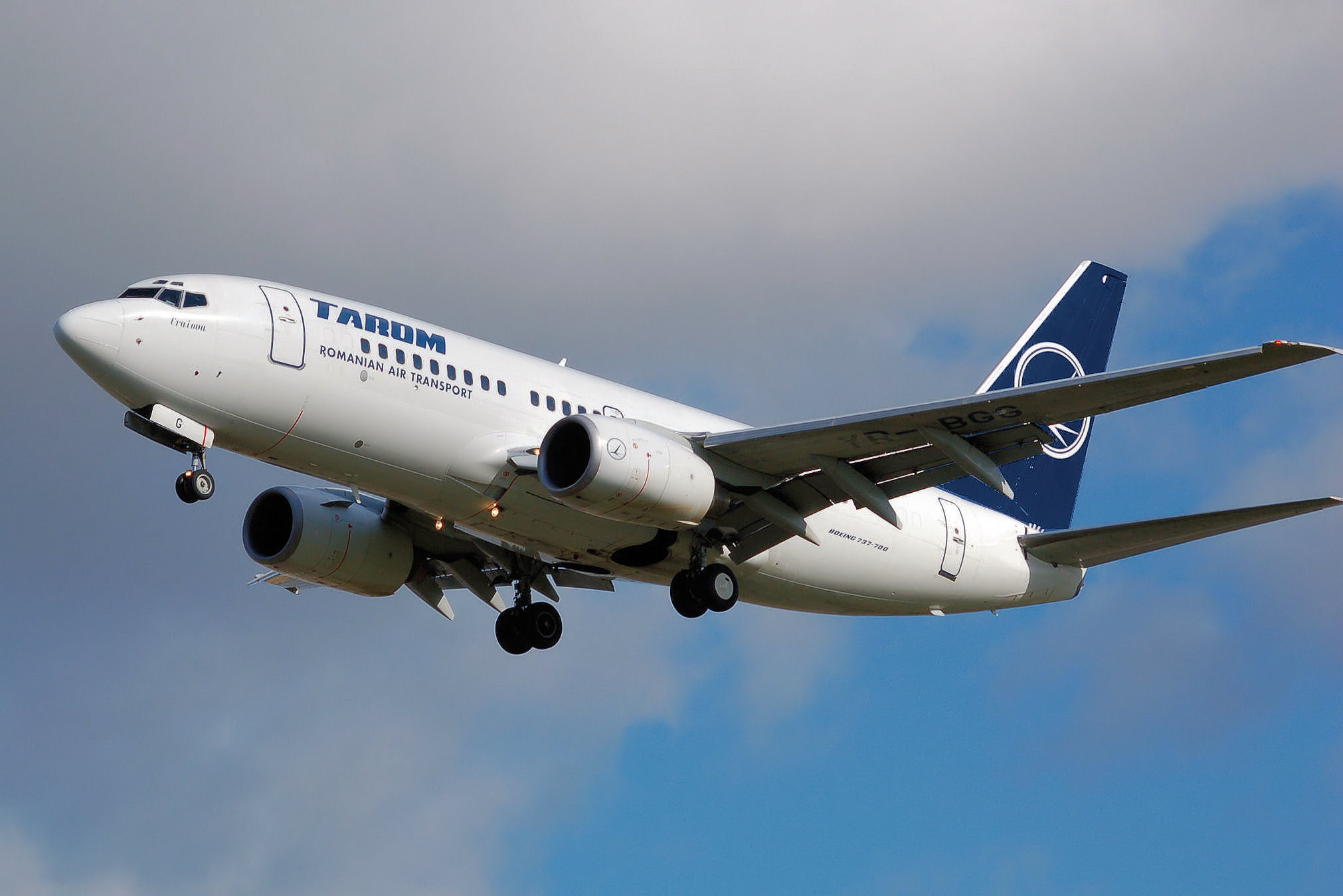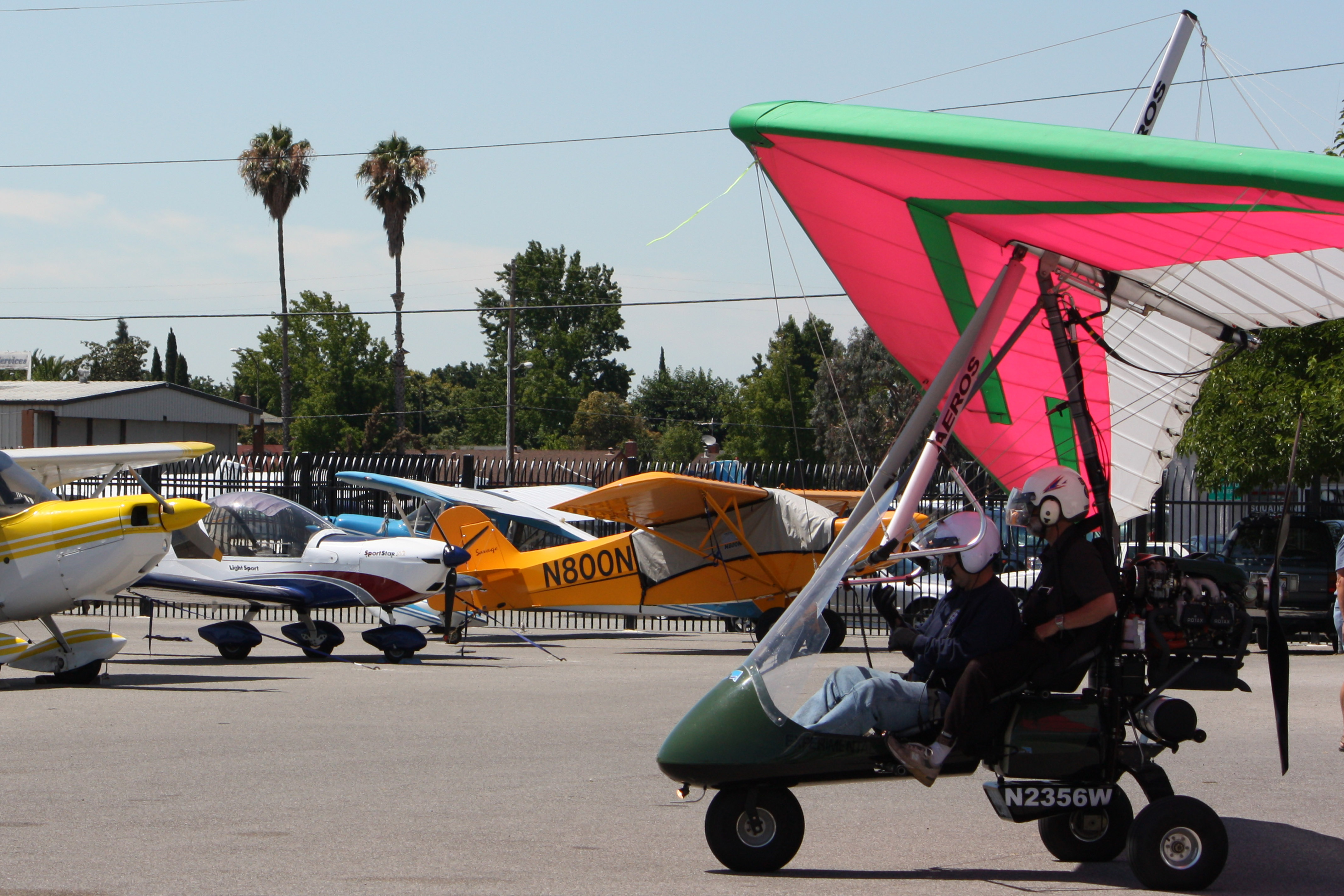|
Seaplane
A seaplane is a powered fixed-wing aircraft capable of takeoff, taking off and water landing, landing (alighting) on water.Gunston, "The Cambridge Aerospace Dictionary", 2009. Seaplanes are usually divided into two categories based on their technological characteristics: floatplanes and flying boats; the latter are generally far larger and can carry far more. Seaplanes that can also take off and land on airfields are in a subclass called amphibious aircraft, or amphibians. Seaplanes were sometimes called ''hydroplanes'', but currently this term applies instead to Hydroplane (boat), motor-powered watercraft that use the technique of Planing (boat), hydrodynamic lift to skim the surface of water when running at speed. The use of seaplanes gradually tapered off after World War II, partially because of the investments in airports during the war but mainly because landplanes were less constrained by weather conditions that could result in sea states being too high to operate seaplan ... [...More Info...] [...Related Items...] OR: [Wikipedia] [Google] [Baidu] |
Beriev Be-200
The Beriev Be-200 ''Altair'' (russian: Бериев Бе-200) is a utility amphibious aircraft designed and built by the Beriev Aircraft Company. Marketed as being designed for fire fighting, search and rescue, maritime patrol, cargo, and passenger transportation, it has a capacity of of water, or up to 72 passengers. The name ''Altair'' was chosen after a competition amongst Beriev and Irkut staff in —2003, as a reference to the name of the alpha star in the Eagle constellation and because: "Al" is the first part of the name of the Beriev A-40 ''Albatross'' amphibious aircraft, whose layout was the development basis for the creation of the Be-200; "ta" stands for Taganrog; and "ir" stands for Irkutsk. Development Initiated in 1989 under the design leadership of Alexander Yavkin, to meet a perceived need for a civilian flying boat smaller than Beriev's military A-40, the Be-200 shares a similar layout to the A-40 but is about half the weight. Russian government ap ... [...More Info...] [...Related Items...] OR: [Wikipedia] [Google] [Baidu] |
Flying Boat
A flying boat is a type of fixed-winged seaplane with a hull, allowing it to land on water. It differs from a floatplane in that a flying boat's fuselage is purpose-designed for floatation and contains a hull, while floatplanes rely on fuselage-mounted floats for buoyancy. Though the fuselage provides buoyancy, flying boats may also utilize under-wing floats or wing-like projections (called sponsons) extending from the fuselage for additional stability. Flying boats often lack landing gear which would allow them to land on the ground, though many modern designs are convertible amphibious aircraft which may switch between landing gear and flotation mode for water or ground takeoff and landing. Ascending into common use during the First World War, flying boats rapidly grew in both scale and capability during the interwar period, during which time numerous operators found commercial success with the type. Flying boats were some of the largest aircraft of the first half of ... [...More Info...] [...Related Items...] OR: [Wikipedia] [Google] [Baidu] |
Floatplane
A floatplane is a type of seaplane with one or more slender floats mounted under the fuselage to provide buoyancy. By contrast, a flying boat uses its fuselage for buoyancy. Either type of seaplane may also have landing gear suitable for land, making the vehicle an amphibious aircraft. British usage is to call "floatplanes" "seaplanes" rather than use the term "seaplane" to refer to both floatplanes and flying boats. Use Since World War II and the advent of helicopters, advanced aircraft carriers and land-based aircraft, military seaplanes have stopped being used. This, coupled with the increased availability of civilian airstrips, have greatly reduced the number of flying boats being built. However, numerous modern civilian aircraft have floatplane variants, most of these are offered as third-party modifications under a supplemental type certificate (STC), although there are several aircraft manufacturers that build floatplanes from scratch. These floatplanes have found t ... [...More Info...] [...Related Items...] OR: [Wikipedia] [Google] [Baidu] |
Dornier Seastar
The Dornier Seastar is a turboprop-powered amphibious aircraft built largely of composite materials. Developed by of Germany, it first flew in 1984. The design is owned by Claudius Jr's son, Conrado, who founded Dornier Seawings AG (now Dornier Seawings) to continue work on the project after two previous firms, Claudius Dornier Aircraft and Dornier Composite Aircraft, both went into bankruptcy. Development of the aircraft was put on hold without any production Seastars being completed in 1991. Multiple attempts to put the Seastar into production, often as a joint venture with other aerospace companies, were made throughout the 1990s and early 2000s. However securing the necessary financing to proceed to the manufacturing phase proved challenging. After several false starts, in October 2009, Dornier Seawings announced that it was formally launching manufacturing of the type, although no aircraft were actually built. In November 2018 the company received US$170 million in funding ... [...More Info...] [...Related Items...] OR: [Wikipedia] [Google] [Baidu] |
Fixed-wing Aircraft
A fixed-wing aircraft is a heavier-than-air Aircraft, flying machine, such as an airplane, which is capable of flight using wings that generate Lift (force), lift caused by the aircraft's forward airspeed and the wing configuration, shape of the wings. Fixed-wing aircraft are distinct from rotorcraft, rotary-wing aircraft (in which the wings form a Helicopter rotor, rotor mounted on a spinning shaft or "mast"), and ornithopters (in which the wings bird flight#Flapping flight, flap in a manner similar to that of a bird). The wings of a fixed-wing aircraft are not necessarily rigid; kites, hang gliders, variable-sweep wing aircraft and airplanes that use wing morphing are all examples of fixed-wing aircraft. Gliding flight, Gliding fixed-wing aircraft, including free-flying Glider (aircraft), gliders of various kinds and tethered kites, can use moving air to gain altitude. Powered aircraft, Powered fixed-wing aircraft (airplanes) that gain forward thrust from an aircraft engine, ... [...More Info...] [...Related Items...] OR: [Wikipedia] [Google] [Baidu] |
Henri Fabre
Henri Fabre (29 November 1882 – 30 June 1984) was a French aviator and the inventor of the first successful seaplane, the Fabre Hydravion. Henri Fabre was born into a prominent family of shipowners in the city of Marseille. He was educated in the Jesuit College of Marseilles where he undertook advanced studies in sciences. He intensively studied aeroplane and propeller A propeller (colloquially often called a screw if on a ship or an airscrew if on an aircraft) is a device with a rotating hub and radiating blades that are set at a pitch to form a helical spiral which, when rotated, exerts linear thrust upon ... designs. He patented a system of flotation devices which he used when he succeeded in taking off from the surface of the Etang de Berre on 28 March 1910. On that day, he completed four consecutive flights, the longest about 600 metres. the ''Hydravion'' has survived and is displayed in the Musée de l'Air in Paris. Henri Fabre was soon contacted by Glenn C ... [...More Info...] [...Related Items...] OR: [Wikipedia] [Google] [Baidu] |
Amphibious Aircraft
An amphibious aircraft or amphibian is an aircraft (typically fixed-wing) that can take off and land on both solid ground and water, though amphibious helicopters do exist as well. Fixed-wing amphibious aircraft are seaplanes ( flying boats and floatplanes) which are equipped with retractable wheels, at the expense of extra weight and complexity, plus diminished range and fuel economy compared to planes designed specifically for land-only or water-only operation. Some amphibians are fitted with reinforced keels which act as skis, allowing them to land on snow or ice with their wheels up. Design Floatplanes often have floats that are interchangeable with wheeled landing gear (thereby producing a conventional land-based aircraft). However, in cases where this is not practical, amphibious floatplanes, such as the amphibious version of the DHC Otter, incorporate retractable wheels within their floats. Many amphibian aircraft are of the flying boat type. These aircraft, a ... [...More Info...] [...Related Items...] OR: [Wikipedia] [Google] [Baidu] |
ShinMaywa US-2
The ShinMaywa US-2 is a large Japanese short takeoff and landing amphibious aircraft developed and manufactured by seaplane specialist ShinMaywa (formerly ''Shin Meiwa''). It was developed from the earlier Shin Meiwa US-1A seaplane, which was introduced during the 1970s. The ShinMaywa US-2 was developed on behalf of the Japan Maritime Self-Defense Force (JMSDF) as a 'like-for-like' replacement for its aging US-1A fleet. In Japanese service, it is operated in the air-sea rescue (ASR) role. The US-2 can also be used in other capacities, such as an aerial fire fighter, carrying 15 tonnes of water for this mission. Various overseas operators have held discussions on potential acquisitions of the type, including the Indian Navy and Indian Coast Guard. Other countries such as the United States, Indonesia, Thailand, and Greece have also shown interest in the US-2 for various purposes. Design and development During 1969, the Japan Maritime Self-Defense Force (JMSDF) issued a produc ... [...More Info...] [...Related Items...] OR: [Wikipedia] [Google] [Baidu] |
Light-sport Aircraft
A light-sport aircraft (LSA), or light sport aircraft, is a fairly new category of small, lightweight aircraft that are simple to fly. LSAs tend to be heavier and more sophisticated than ultralight (aka "microlight") aircraft, but LSA restrictions on weight and performance separates the category from established GA aircraft. There is no standard worldwide description of an LSA . LSAs in different countries The civil aviation authorities in different countries have their own particular specifications and regulations which define the LSA category. For example, in Australia the Civil Aviation Safety Authority defines a light-sport aircraft as a heavier-than-air or lighter-than-air craft, other than a helicopter, with a maximum gross takeoff weight of not more than for lighter-than-air craft; for heavier-than-air craft not intended for operation on water; or for aircraft intended for operation on water. It must have a maximum stall speed of in landing configuration; a maximu ... [...More Info...] [...Related Items...] OR: [Wikipedia] [Google] [Baidu] |
Cessna Caravan
The Cessna 208 Caravan is a utility aircraft produced by Cessna. The project was commenced on November 20, 1981, and the prototype first flew on December 9, 1982. The production model was certified by the FAA in October 1984 and its Cargomaster freighter variant was developed for FedEx. The longer 208B Super Cargomaster first flew in 1986 and was developed into the passenger 208B Grand Caravan. The strutted, high wing 208 typically seats nine passengers in its unpressurized cabin, is powered by a single Pratt & Whitney Canada PT6A tractor turboprop and has a fixed tricycle landing gear, floats, or skis. As of November 2017, 2,600 had been delivered and 20 million flight hours logged. Caravans have been used for flight training, commuter airlines, VIP transport, air cargo, and humanitarian missions. Development On November 20, 1981, the project was given a go-ahead by Cessna for its Pawnee engineering facility. John Berwick, chief engineer at Pawnee, conceived of ... [...More Info...] [...Related Items...] OR: [Wikipedia] [Google] [Baidu] |
Planing (boat)
Planing ( ) is the mode of operation for a waterborne craft in which its weight is predominantly supported by hydrodynamic lift, rather than hydrostatic lift (buoyancy). Many forms of marine transport make use of planing, including fast ferries, racing boats, floatplanes, flying boats, seaplanes, and water skis. Most surfboards are planing or semi-planing hulls. Beyond planing, fast vessel designs have seen a transition to hydrofoil designs. History The earliest documented planing sailboat was a proa built in 1898 by Commodore Ralph Munroe. It was capable of speeds of more than twice the hull speed. Planing a sailing dinghy was first popularised by Uffa Fox in Britain. In 1928 Fox introduced planing to the racing world in his International 14 dinghy, ''Avenger''. That year he gained 52 first places, 2 seconds, and 3 third places out of 57 race starts. This performance was noticed by other designers who further developed them. Over the years many dinghies have acquire ... [...More Info...] [...Related Items...] OR: [Wikipedia] [Google] [Baidu] |
Aerial Firefighting
Aerial may refer to: Music * ''Aerial'' (album), by Kate Bush * ''Aerials'' (song), from the album ''Toxicity'' by System of a Down Bands * Aerial (Canadian band) *Aerial (Scottish band) *Aerial (Swedish band) Performance art *Aerial silk, apparatus used in aerial acrobatics * Aerialist, an acrobat who performs in the air Recreation and sport *Aerial (dance move) * Aerial (skateboarding) * Aerial adventure park, ropes course with a recreational purpose * Aerial cartwheel (or side aerial), gymnastics move performed in acro dance and various martial arts *Aerial skiing Aerial skiing or aerials is a freestyle skiing discipline where athletes ski down a slope to launch themselves off a kicker (a vertically inclined ramp) and perform multiple twists and flips before landing on an inclined landing hill. Aerialists ..., discipline of freestyle skiing * Front aerial, gymnastics move performed in acro dance Technology Antennas * Aerial (radio), a radio ''antenna'' or t ... [...More Info...] [...Related Items...] OR: [Wikipedia] [Google] [Baidu] |



.jpg)


.jpg)

.jpg)
